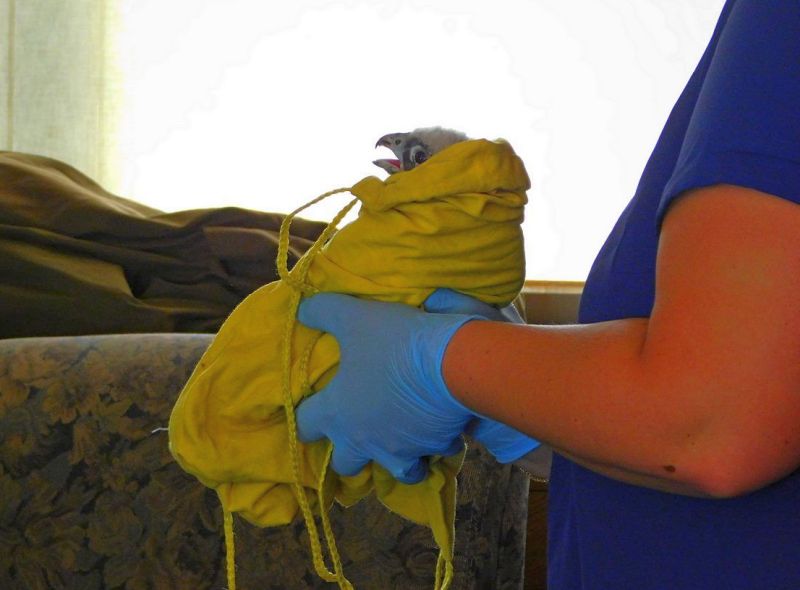
It’s been hard to schedule this year’s Pitt Peregrine Fledge Watch because I can’t guess when the chicks will fledge. Their first flight depends on their sex — males fledge earlier than females — and now I’ve learned that this year’s chicks are male.
Here’s the Pitt Fledge Watch schedule, then I’ll tell you about the male/female thing.
Pitt Peregrine Fledge Watch Schedule, 2018
When: Friday, May 25 through Wednesday May 30, 11:30a – 1:30p. (Sun. May 27 is 11a-1p) Click here for the calendar.
Where: At the Schenley Plaza tent. Click here for a Google map. Parking is free on Sundays.
Who: Join me and/or John English of Pittsburgh Falconuts to watch peregrines and swap stories.
Except … We will not be there in rain or thunder. Also, Fledge Watch will end when they’re flying and hard to track. (Example: If they fly on Tuesday we won’t be there on Wednesday.)
! Check the Events page for updates before you come to Schenley Plaza !
Why the two “female” chicks are male:

Are they male? Yes. Here’s why.
Among peregrine falcons, females are always larger than males. At banding age the weight of peregrine chicks indicates their sex. The rough rule of thumb is: Under 700 grams is male, greater or equal to 700 grams is female.
On Banding Day May 11 at the Cathedral of Learning, the Pitt chicks’ weights were borderline. In that case, chicks are given the larger (“female”) bands so that the rings won’t bind if they turn out to be female.
As time passed and we saw them mature on camera Dan Brauning and Art McMorris emailed me with a revision. Both chicks are male.
It doesn’t matter that they have larger “female” bands. These chicks are listed as male in PA Game Commission records.
(photos by John English)
How do you(or they) know for sure, that they’re both male now? Thanks!
candi, I don’t know; I’ll ask. Meanwhile, here’s what I do know: Their weight within the borderline was much closer to the male range than female.